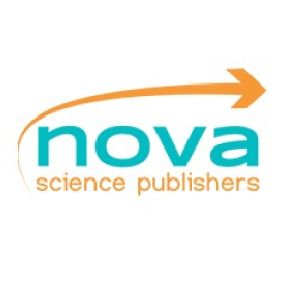A Newbie Guide to Publishing in a Science JournalPosted by Nova Science Publishers on September 4th, 2017 Research publications are major building blocks of a successful science career. This said, very little guidance is often offered to young scholars and up and coming scientists on how to get their precious work peer reviewed and their actual research papers accepted and ultimately published by prominent scientific journals. Every scholar strives to do quality research that can potentially advance science, but many worthwhile research work never get published because oftentimes, young researchers don’t know how to navigate manuscript preparation and submission. How do you avoid getting rejected by major publications? Here are some guidelines to follow by Nova Publishers: • First, understand that writing for a scientific or any other type of academic journal is a highly competitive undertaking. This said, there could be a wide range of reasons behind a rejection. When at first your paper doesn’t succeed, don’t get discouraged so easily and work hard to improve on your idea, your study, and your research process. There is always another time to submit and your time will come, which brings us to the second tip: • Never rush into submitting your work for publication. You will reduce your chances of utter rejection and disappointment if you take time to revise your manuscript after drawing your conclusions. Carefully re-read your work so you can identify problematic ideas or statements you may have overlooked the first time. Share your manuscript with trusted colleagues and get their feedback. • Choose a proper publication outlet. Not all journals are right for your type of work. To increase your chances of getting published, choose a leading publisher that specializes in the subject your research is dealing with. This way, you will also be able to reach the appropriate audience. With the internet at your fingertips, it is now easier than ever to search for the right publication for your particular field of research. Submit your manuscript to one journal at a time. This is what research ethics suggest. • Make a good impression through your research title and abstract. Your research title will say a lot about the content of your paper and your abstract should pretty much give readers the gist of it. Carefully craft them to encompass the scope and aim of the study, the key problem, theory, method used, data set, findings, limitations, and the study’s implications for both theory and practice. • Finally, have a professional firm copy-edit and not merely proofread your manuscript. Remember that one key characteristic that publications look for in a scholarly article is writing clarity, so make sure your ideas are presented well through your writing. About the Authors: NOVA’s authors and editors come from a variety of academic backgrounds from around the world and from nearly every top University, including: • Harvard Medical School (Pioneer of the Homocysteine Theory) Nova continues to publish approximately 1,800 new books and 50 new journals every year. For more about their authors, please go to novaauthors.com. Like it? Share it!More by this author |


